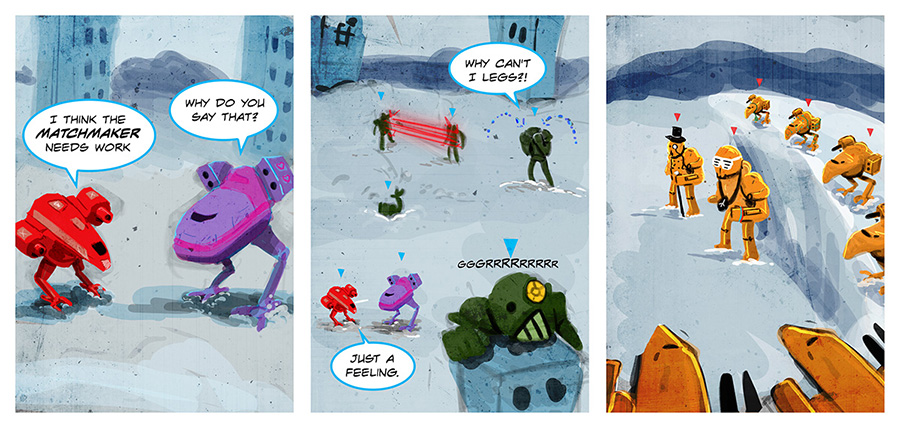 Vodrin Thales, on 14 March 2013 - 09:53 AM, said:
Vodrin Thales, on 14 March 2013 - 09:53 AM, said:
 Vodrin Thales, on 14 March 2013 - 09:53 AM, said:
Vodrin Thales, on 14 March 2013 - 09:53 AM, said:
When you get placed against an enemy team of all competent players and have 3-4 incompetent players on your team it's a near guaranteed loss (happens mostly but consistently during off hours). When I'm matched against evenly ranked players the games are closer to even (only seems to happen consistently during peak hours). And just like you when that happens I win more than I lose by a large margin.
If we throw out base capture for a minute you need to deal just a little over 2000 damage as a team to win (Adjust according to mech weights and if you destroy critical locations first). A realistic scenario is that you have three players dealing 400+ damage and the rest deal 200 damage except that two people have 100 damage.
By comparison in off hours you tend to see the other 4 players in the game with extremely low damage. A recent example that comes to mind is : 900, 500,400, 200, 50, 20, 9, and 0. The bottom four players might as well not have brought weapons and focused on maxing their armor and engine speed. Four mechs on the enemy team are extremely close to death but they didn't die because the bottom four players were worthless. What was the enemy team's damage score? It was the first example I listed.
You will not win (unless by cap) if you have 4 players who deal collectively under 100 damage (I suppose there is an exception if the enemy team is all commandos).
I think overall we need strict Elo brackets. Let's have increment brackets where you are not allowed to be matched against someone who has more than X +/- when compared to your score. In a group setting the highest players score will be used as the cut off point.
If you go play a game like Smite you'll see the elo of everyone in your game and when I was playing there was never someone in the game who was more than +100 points (realistic translation 50 up or down). That is to say if your score was 1950 you only played with players ranked between 2000 and 1900 Elo scores.
I have repeatedly put forth the position that Elo does not work when the population is low. It does not just fail... it fails beyond all expectation. To use the smite example the computer for this game apparently thinks the following is a fair match. One team has every player with an Elo score of 2000 with five players for a total score of 10,000 points. The other team has one guy who is 4000, two players who are 2000 and two players who are worth 1000 points.
There are a limited number of scenarios that would happen with such a match up. The first is that the 1000 ranked Elo players get ganked repeatedly (game has respawns) and only serve to make the enemy team stronger. Another possibility is that the 4000 rank player keeps beating down the rank 2000 players (individually or in a group of two) so that the 1000 rank players have the means to surpass the better players on the enemy team. The final scenario is that the average team works as a group because they all are good players while the enemy team has a poor composition and does not (the 4000 rank player can hold his own solo and might do just that; this leaves the 1000 rank players in a weak position to utilize team play even if they knew how).
I am drawing some conclusions here but since we cannot see our Elo score that is all we can do. It is possible that there are lots of people returning to the game after playing during the Elo seed phase who have an inflated score. This is unlikely because an inflated score should rather quickly be deflated by repeated loss. Moreover when this scenario happens I tend to see one team with an average damage/team score and the other team tends to have an incredibly lopsided score.
My description of what I think is happening fits with the data I see for team performance.
Edited by Glythe, 14 March 2013 - 06:25 PM.




























